Home » Application » Wind Power in Water Pumping Applications
Wind Power in Water Pumping Applications
The livelihood and well-being of people, animals, and crops depends on a reliable, cost-effective supply of clean water. Mechanical wind water pumping machines have been used to pump water from wells for centuries. The technology of modern mechanical water pumpers is relatively simple, the maintenance requirements are modest, and the replacement parts are not difficult to obtain.
Water Pumping
The mechanical water pumper is the best option in some circumstances. However, because it must be placed close to the water source, it is often unable to capture the best wind resources.
A wind electric pumping system overcomes some of the problems with the simple wind water pumper. This system generates electricity, which, in turn, runs an electric pump. Wind electric pumping systems allow greater siting flexibility, higher efficiency of wind energy conversion, increased water output, increased versatility in use of output power, and decreased maintenance and life-cycle costs.
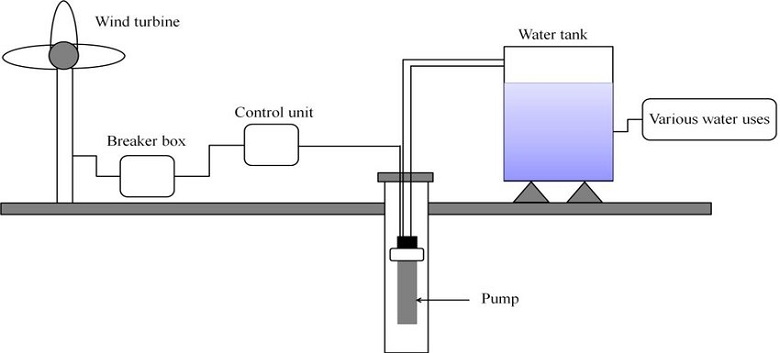
Water Requirements
The size of the wind turbine required for water delivery depends on the average daily volume of water required, the total pumping head, the average wind speed, and the system efficiency.
During pump operation, additional pumping head will be required due to well drawdown and frictional losses within the pipe. This additional head can be estimated at 10 to 15 percent of the static head if more accurate information is not available.
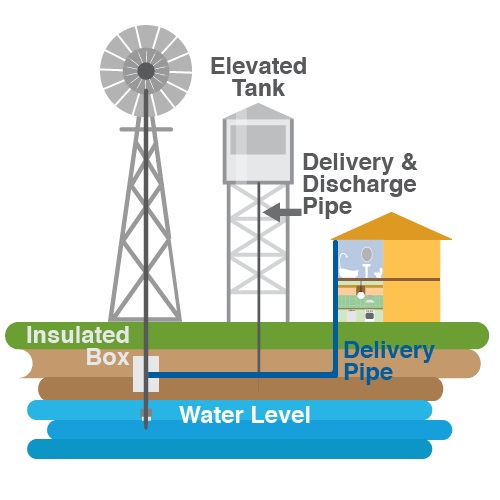 Wind Electric Water Pumping at Ain Tolba
Wind Electric Water Pumping at Ain Tolba
This wind-electric water pumping system is installed in Ain Tolba, part of the Niama Commune near Oujda in Northeast Morocco. It is a 10-kW Bergey Excel wind turbine that drives a 12-stage electric pump located in the partially buried storage tank.
Ain Tolba has a natural spring that flows under the building on the left side of the picture. The local government constructed a sump and installed a diesel pumping system many years ago. The one pump at Ain Tolba supplies water for four communities over an area of 120 square kilometers.
While the government installed the diesel pumps free-of-charge to the local people, the users are responsible for operating and maintenance costs. At Ain Tolba the villagers could only afford to operate the diesel pump 2-4 hours per day. This meant that over 80% of the available clean water from the spring was lost (it ran into a polluted stream). At Dar el Hamra, the diesel had been broken for several years so the villagers at Rmilat had to carry water 4.5 kms. The Ain Tolba pump building contained five broken diesels and one working one at the start of the wind project.
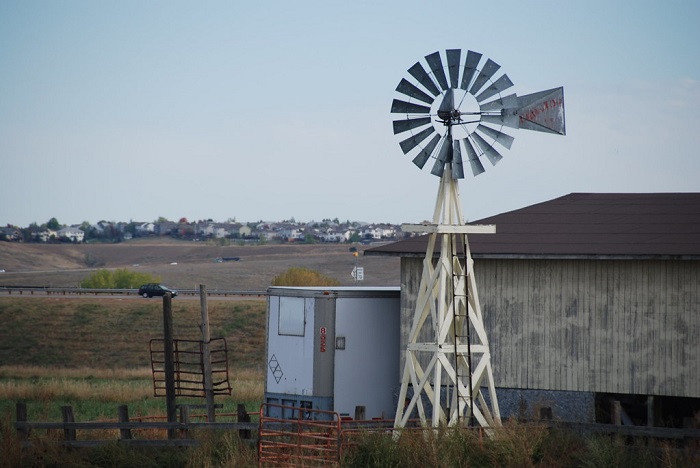
In 1989 the U.S. Agency for International Development (US-AID), working through the Moroccan renewable energy agency (CDER, Marrakech) and the local water department (DPA, Oujda), funded the installation of the wind electric pumping system. Due to the variability of the wind a new 50 m3 storage tank was installed at the Ain Tolba spring site, allowing spring water to be captured continuously and pumped out to the larger tank and distribution system when the wind is blowing. At Dar el Hamra, the wind system supplied the village of Rmilat with water for the first time in years.
The systems have performed well and the area now has three times as much water as it did using the diesel. The local population is up and commune members are actually selling water to neighboring towns. Additional smaller wind systems, both for pumping and electricity, have been installed in the area.
Water Pumping
The mechanical water pumper is the best option in some circumstances. However, because it must be placed close to the water source, it is often unable to capture the best wind resources.
A wind electric pumping system overcomes some of the problems with the simple wind water pumper. This system generates electricity, which, in turn, runs an electric pump. Wind electric pumping systems allow greater siting flexibility, higher efficiency of wind energy conversion, increased water output, increased versatility in use of output power, and decreased maintenance and life-cycle costs.

Water Requirements
The size of the wind turbine required for water delivery depends on the average daily volume of water required, the total pumping head, the average wind speed, and the system efficiency.
- Pumping Head
During pump operation, additional pumping head will be required due to well drawdown and frictional losses within the pipe. This additional head can be estimated at 10 to 15 percent of the static head if more accurate information is not available.
- Equipment Sizing

This wind-electric water pumping system is installed in Ain Tolba, part of the Niama Commune near Oujda in Northeast Morocco. It is a 10-kW Bergey Excel wind turbine that drives a 12-stage electric pump located in the partially buried storage tank.
Ain Tolba has a natural spring that flows under the building on the left side of the picture. The local government constructed a sump and installed a diesel pumping system many years ago. The one pump at Ain Tolba supplies water for four communities over an area of 120 square kilometers.
While the government installed the diesel pumps free-of-charge to the local people, the users are responsible for operating and maintenance costs. At Ain Tolba the villagers could only afford to operate the diesel pump 2-4 hours per day. This meant that over 80% of the available clean water from the spring was lost (it ran into a polluted stream). At Dar el Hamra, the diesel had been broken for several years so the villagers at Rmilat had to carry water 4.5 kms. The Ain Tolba pump building contained five broken diesels and one working one at the start of the wind project.

The systems have performed well and the area now has three times as much water as it did using the diesel. The local population is up and commune members are actually selling water to neighboring towns. Additional smaller wind systems, both for pumping and electricity, have been installed in the area.
Post a Comment:
You may also like:

Featured Articles
Applications for Small Wind Turbines
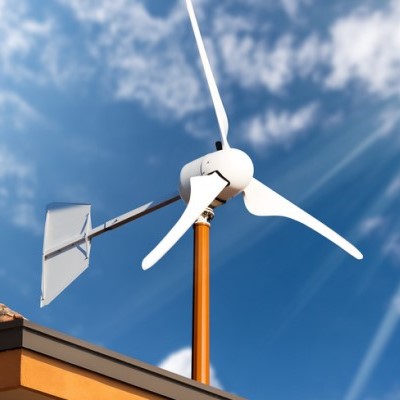 Small-scale wind energy is a small but rapidly growing segment of the RE industry in the US. Like other renewable sources, in its ...
Small-scale wind energy is a small but rapidly growing segment of the RE industry in the US. Like other renewable sources, in its ...
 Small-scale wind energy is a small but rapidly growing segment of the RE industry in the US. Like other renewable sources, in its ...
Small-scale wind energy is a small but rapidly growing segment of the RE industry in the US. Like other renewable sources, in its ...Wind Turbine for Onshore Application
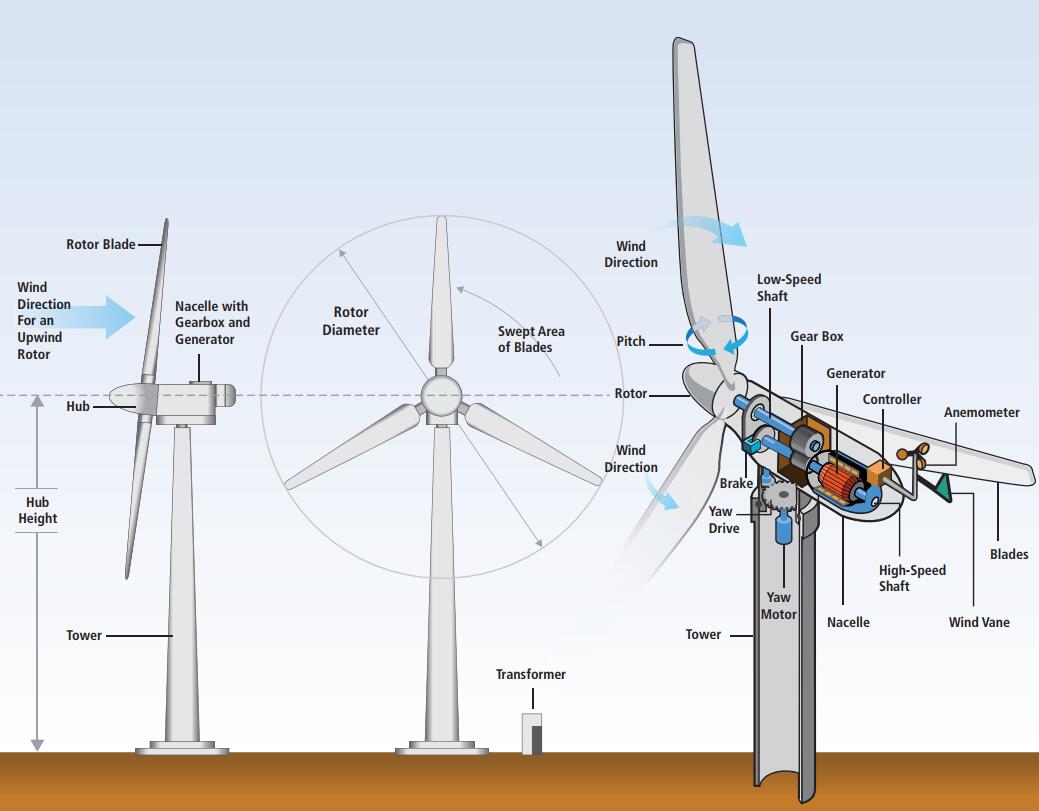 Modern, commercial grid-connected wind turbines have evolved from small, simple machines to large,highly ...
Modern, commercial grid-connected wind turbines have evolved from small, simple machines to large,highly ...
 Modern, commercial grid-connected wind turbines have evolved from small, simple machines to large,highly ...
Modern, commercial grid-connected wind turbines have evolved from small, simple machines to large,highly ...History of Wind Energy Applications
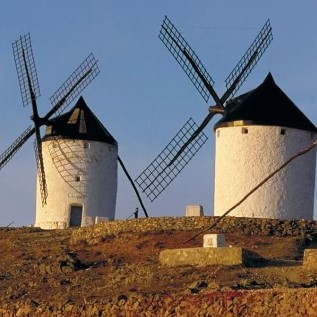 Wind is used to produce electricity by converting the kinetic energy of air in motion into electricity. In modern wind ...
Wind is used to produce electricity by converting the kinetic energy of air in motion into electricity. In modern wind ...
 Wind is used to produce electricity by converting the kinetic energy of air in motion into electricity. In modern wind ...
Wind is used to produce electricity by converting the kinetic energy of air in motion into electricity. In modern wind ...Application in Energy Storage
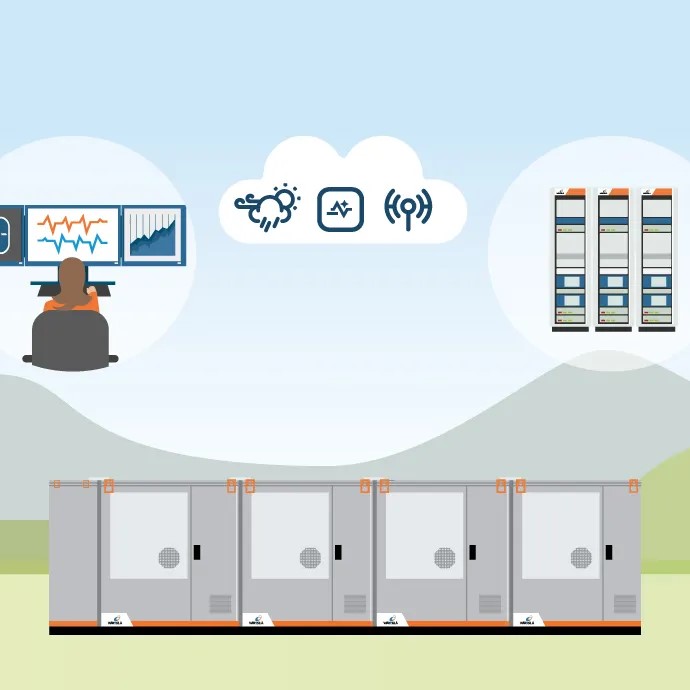 With the development of science and technology, energy storage is one of the most effective ways to solve the problem of ...
With the development of science and technology, energy storage is one of the most effective ways to solve the problem of ...
 With the development of science and technology, energy storage is one of the most effective ways to solve the problem of ...
With the development of science and technology, energy storage is one of the most effective ways to solve the problem of ...Application in Severe Climates
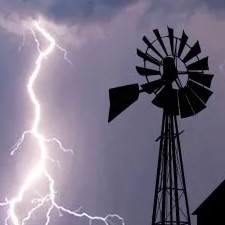 Operation in severe climates imposes special design considerations on wind turbines. Severe climates may include those with ...
Operation in severe climates imposes special design considerations on wind turbines. Severe climates may include those with ...
 Operation in severe climates imposes special design considerations on wind turbines. Severe climates may include those with ...
Operation in severe climates imposes special design considerations on wind turbines. Severe climates may include those with ...